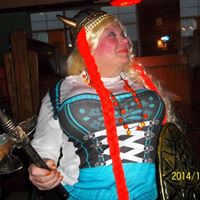Who invented the viable, smooth-writing ballpoint pen?
László Bíró, a Hungarian newspaper editor frustrated by the amount of time that he wasted filling up fountain pens and cleaning up smudged pages, noticed that inks used in newspaper printing dried quickly, leaving the paper dry and smudge free. He decided to create a pen using the same type of ink. Bíró enlisted the help of his brother György, a chemist, to develop viscous ink formulae for new ballpoint designs.
Bíró's innovation successfully coupled ink-viscosity with a ball-socket mechanism which act compatibly to prevent ink from drying inside the reservoir while allowing controlled flow. Bíró filed a British patent on 15 June 1938.
In 1941, the Bíró brothers and a friend, Juan Jorge Meyne, fled Germany and moved to Argentina, where they formed Bíró Pens of Argentina and filed a new patent in 1943. Their pen was sold in Argentina as the Birome (portmanteau of the names Bíró and Meyne), which is how ballpoint pens are still known in that country. This new design was licensed by the British, who produced ballpoint pens for RAF aircrew as the Biro. Ballpoint pens were found to be more versatile than fountain pens, especially at high altitudes, where fountain pens were prone to ink-leakage.
More Info:
en.m.wikipedia.org










